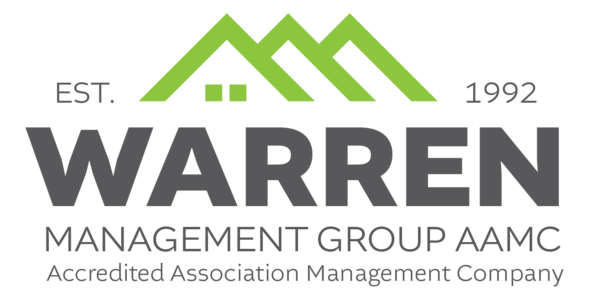Common interest communities today are not all the same. Some developers set the community up with a homeowners association (HOA). Others split the community’s needs between a homeowners association and a metro district, which is a quasi-governmental body that manages the day-to-day operations of maintenance and (sometimes) recreational facilities. Metro districts are legally entitled to manage covenant enforcement as well, but it seems that few take advantage of that right, leaving it in the hands of the homeowners association.
Another alternative is to combine a metro district with a governing body for the purpose of managing architectural review and covenant enforcement. This entity is typically referred to as a Design Review Council (DRC).
The structure of a DRC is similar in many ways to a homeowners association, but it is not a HOA! It is strictly formed for the purpose of review and approval of lot improvements and for upholding the community’s standards set forth in the governing documents.
Unit owners within a community having a DRC typically pay an assessment to the DRC for the funding of the DRC’s duties, including administrative costs, liability insurance protection for Council members, and professional fees. The annual budget is not ratified by the members in the same way that homeowner association budgets are. It is typical for the DRC members to have the authority to establish the annual budget.
A homeowners association typically has an architectural review committee (ARC) that reviews plans for lot improvements by the members. Governance activities are typically handled by the board of directors, managed through the management team. The costs for these services are included in the Association’s annual budget, ratified by the members.
Metro district fees are paid through a unit owners taxes, based on an approved mill levy.
